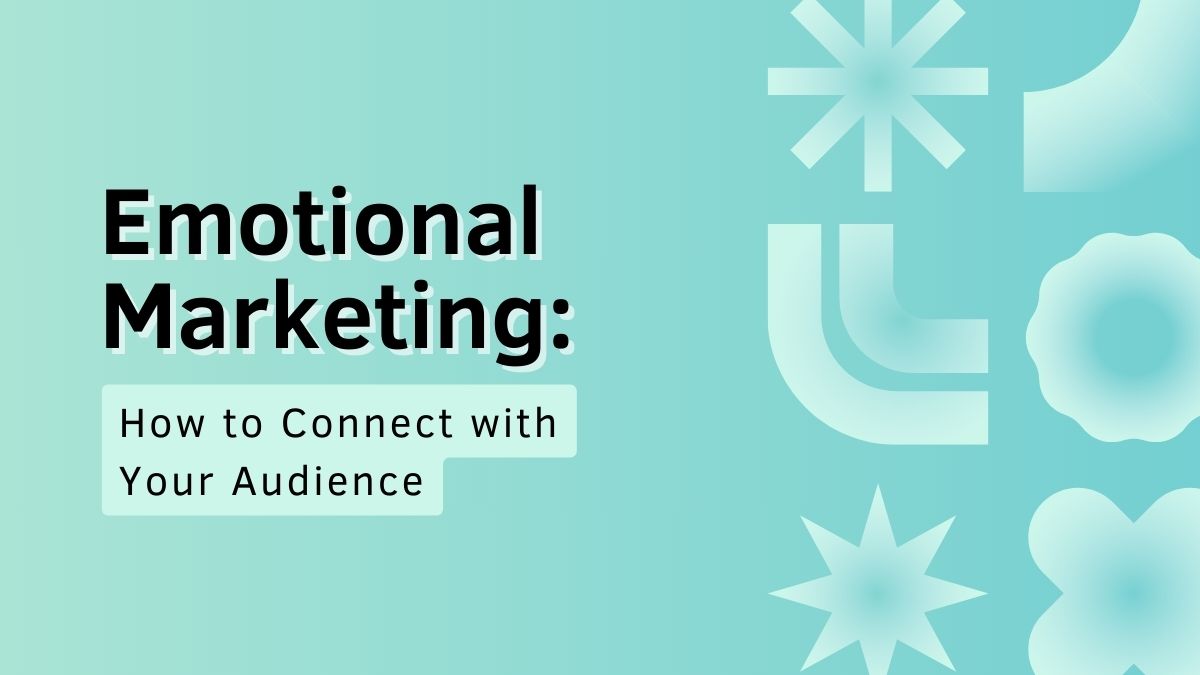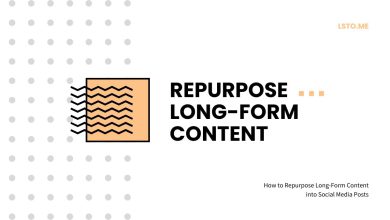
In marketing, the bond between a brand and its audience is the core of successful campaigns. Many strategies create this connection. One of the best is emotional marketing. Emotional marketing involves crafting messages and experiences. They aim to make the audience feel emotions. This leads to stronger brand loyalty and engagement. This article delves into the power of emotional marketing. It explores how to connect with your audience on a deeper level.
Understanding Emotional Marketing
Emotional marketing uses human emotions. They are joy, sadness, fear, anger, surprise, and trust. It uses them to bond the brand and its consumers. Traditional marketing focuses on features and benefits. In contrast, emotional marketing appeals to the heart. It influences purchasing decisions by creating a memorable experience.
The Science Behind Emotional Marketing
Neuromarketing studies have shown that emotions significantly impact decision-making processes. The limbic system handles our emotions. It is key in shaping our responses to stimuli. When a brand evokes positive emotions, it triggers the brain’s reward system. This makes consumers more likely to choose that brand over others. Emotional marketing taps into this process. It makes the brand more relatable and memorable.
The Benefits of Emotional Marketing
- Increased Brand Loyalty Emotional marketing fosters a sense of loyalty by creating a personal connection with the audience. When consumers feel understood and valued, they are more likely to remain loyal to the brand. This is true even when there is competition.
- Enhanced Customer Engagement Engaging emotions leads to higher levels of interaction. Emotional content resonates. It encourages shares, comments, and likes. These actions amplify marketing campaigns by word-of-mouth.
- Stronger Brand Recall Emotional experiences are often more memorable than factual information. By using emotions, brands can create lasting impressions. They help consumers remember the brand and its message long after the first interaction.
- Higher Conversion Rates Emotionally driven campaigns have been shown to yield higher conversion rates. When consumers feel an emotional connection, they are more likely to act. They might buy or subscribe.
Crafting an Emotional Marketing Strategy
To create an effective emotional marketing strategy, you need to understand your audience. You also need to understand the emotions you want to evoke. Here are key steps to guide you:
1. Know Your Audience
Understanding your audience’s demographics, preferences, and pain points is essential. Market research and buyer personas can help find the emotions. These emotions resonate with your audience.
2. Define Your Brand’s Emotional Identity
Determine the core emotions your brand wants to convey. It should align with the brand’s values and mission. These include happiness, trust, and empowerment.
3. Tell Compelling Stories
Storytelling is a powerful tool in emotional marketing. Write stories that stir emotions. Connect with your audience on a personal level. Use relatable characters, real-life scenarios, and emotional journeys to make your stories impactful.
4. Use Visual and Sensory Elements
Visuals, music, and other sensory elements can significantly enhance emotional appeal. Choose colors, images, and sounds. They should evoke the desired emotions and create a cohesive brand experience.
5. Be Authentic
Authenticity is crucial in emotional marketing. Consumers can easily detect insincerity, which can damage trust. Ensure that your emotional messages are genuine and reflect your brand’s true values.
Examples of Successful Emotional Marketing Campaigns
1. Coca-Cola’s “Share a Coke” Campaign
Coca-Cola’s “Share a Coke” campaign replaced its iconic logo with popular names. It encouraged consumers to share a Coke with someone special. This personal approach tapped into feelings of friendship and connection. It led to a big increase in sales and brand engagement.
2. Apple’s “Shot on iPhone” Campaign
Apple’s “Shot on iPhone” campaign showcased great photos and videos. They were taken by everyday users. The campaign highlighted the creativity and emotional power of Apple’s products. Apple celebrated the artistic talents of its customers. This created an emotional bond and inspired pride among its users.
3. Dove’s “Real Beauty” Campaign
Dove’s “Real Beauty” campaign challenged traditional beauty standards. It featured real women of many shapes, sizes, and ages. This campaign evoked feelings of self-acceptance and confidence. It resonated deeply with its audience and promoted a message of inclusivity.
Measuring the Impact of Emotional Marketing
To see how well emotional marketing works, track key metrics. Also, study consumer responses. Some methods to measure impact include:
1. Social Media Engagement
Monitor likes, shares, comments, and mentions on social media. They show how well your emotional content resonates with your audience.
2. Sentiment Analysis
Use tools to analyze sentiment. They evaluate the emotion in online conversations about your brand. This can show how consumers feel about your campaigns. It can also find areas to improve.
3. Customer Feedback and Surveys
Collect feedback directly from customers through surveys and reviews. Ask them about their emotional responses to your marketing efforts. Ask how it influenced their view of your brand.
4. Conversion Rates
Study conversion rates. See if emotional campaigns lead to higher sales or other desired actions. Compare these rates with previous campaigns to measure improvement.
Challenges in Emotional Marketing
While emotional marketing offers numerous benefits, it also comes with challenges:
1. Balancing Emotions and Message
Finding this balance is hard. It means balancing emotion and the core message. Overemphasis on emotions might overshadow the product or service being marketed.
2. Cultural Sensitivity
Emotions are influenced by cultural contexts. What resonates in one culture may not have the same impact in another. Marketers must be aware of cultural differences and tailor their campaigns accordingly.
3. Avoiding Manipulation
Emotional marketing should not manipulate or exploit consumers’ feelings. We must keep high ethical standards. We must also ensure that the emotional appeal is real and respectful.
Conclusion
Emotional marketing is powerful. It can create deep, meaningful connections between brands and their audiences. Brands can harness emotional marketing’s potential by understanding the science of emotions. They can also do it by crafting compelling stories and being authentic. This will help them foster loyalty, engagement, and lasting impressions. Like any strategy, it’s crucial to keep measuring and refining it. This ensures it fits your audience and matches your brand’s values. Use emotional marketing. See your brand flourish in the hearts and minds of your consumers.




